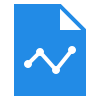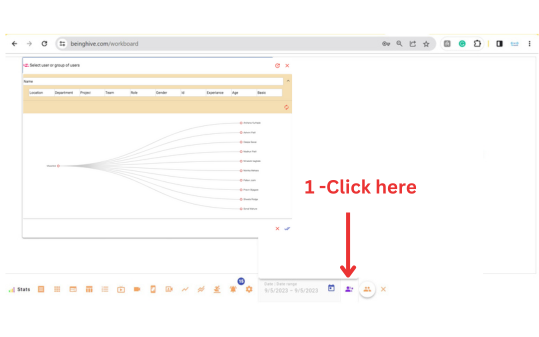Characteristic of a dynamic reports
![]()
Real-Time Data Analysis
Dynamic reports pull in data in real-time from various sources within an organization. This data includes employee activity logs, website usage, application usage, internet browsing history, and more. By collecting and analysing this data in real-time, organizations can swiftly acquire insights into their employees' activities on company devices.

Tailored Perspectives
A prominent aspect of dynamic reports lies in their capacity to be personalized according to an organization's precise requirements. Users have the freedom to select the data points they wish to view and determine the presentation format. This customization ensures that the reports are not overwhelming but focused on the most relevant data for the organization.

Visualization and Workboards
Dynamic reports often use visual elements like graphs, charts, and dashboards to present data in a clear and understandable manner. This makes it easier for managers and decision-makers to quickly grasp trends, anomalies, and patterns in employee behaviour.

Time-Tracking and Productivity Analysis
These reports often include time-tracking features that help organizations understand how employees spend their time during working hours. This data can be crucial in optimizing workflows and identifying areas where productivity improvements can be made.

Compliance and Audit Trail
Compliance and Audit Trail: Dynamic reports provide a transparent audit trail of employee activities, which is invaluable for compliance and security purposes. It helps organizations ensure that employees are following the rules and adhering to legal and industry-specific requirements.
.png)
Historical and Trend Analysis
While Stats dynamic reports primarily focus on real-time data, they often allow users to access historical data and trends. This information can be useful for long-term planning and strategy development. You have to just select date range in before generating the dynamic report.

Interactive Features
Users can interact with the data within these reports, exploring different angles, drilling down into details, and gaining deeper insights. This interactivity often includes clickable charts, graphs, and filtering options.

Drill-Down Capabilities
Dynamic reports allow users to drill down into specific data points for more detailed information. This feature enables organizations to investigate issues thoroughly and identify the root causes of problems or productivity bottlenecks.

User-Friendly Interfaces
Dynamic Reports on Demand are typically designed with user-friendliness in mind. They have intuitive interfaces that make report creation and data exploration accessible to a wide range of users.



